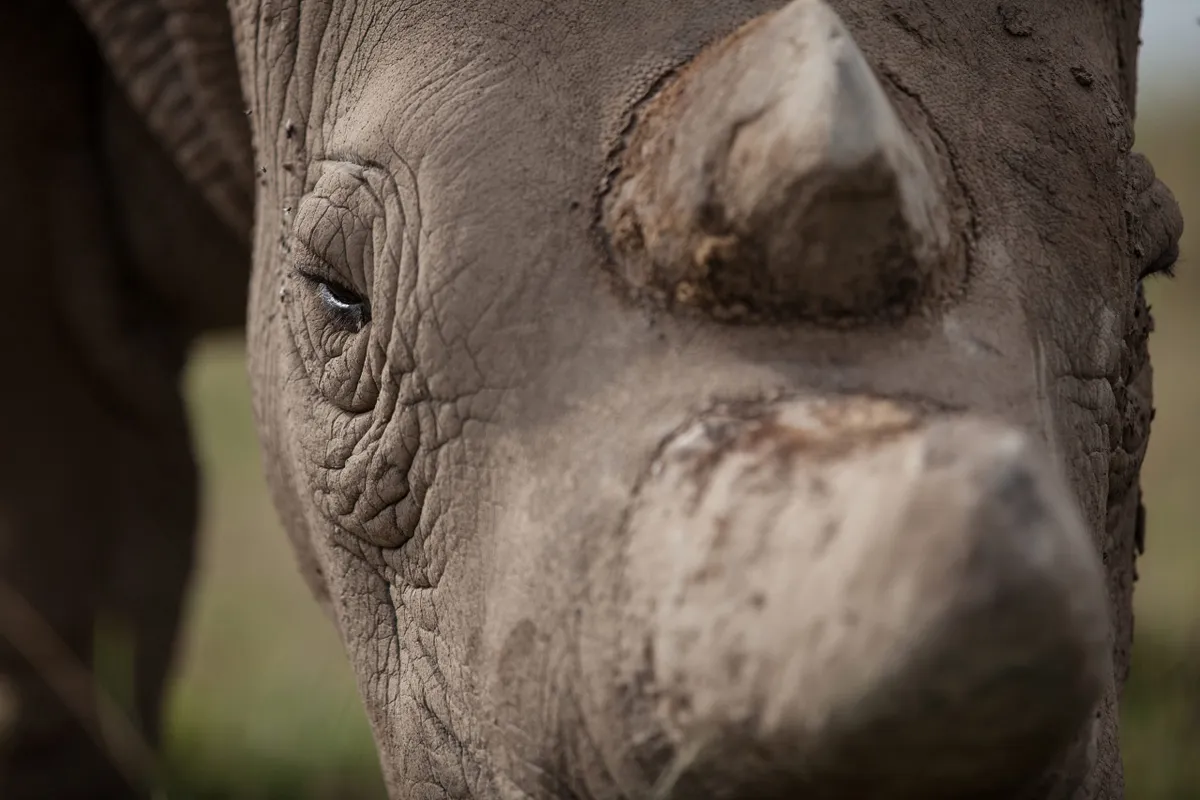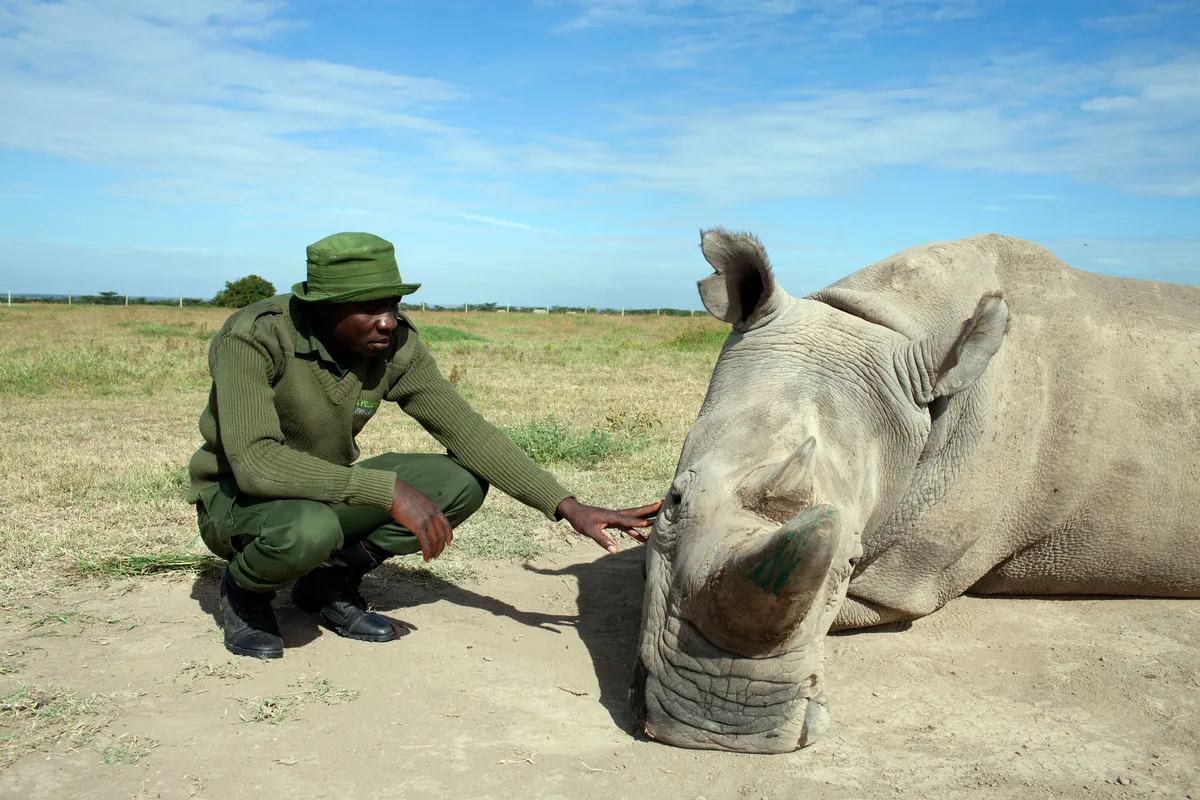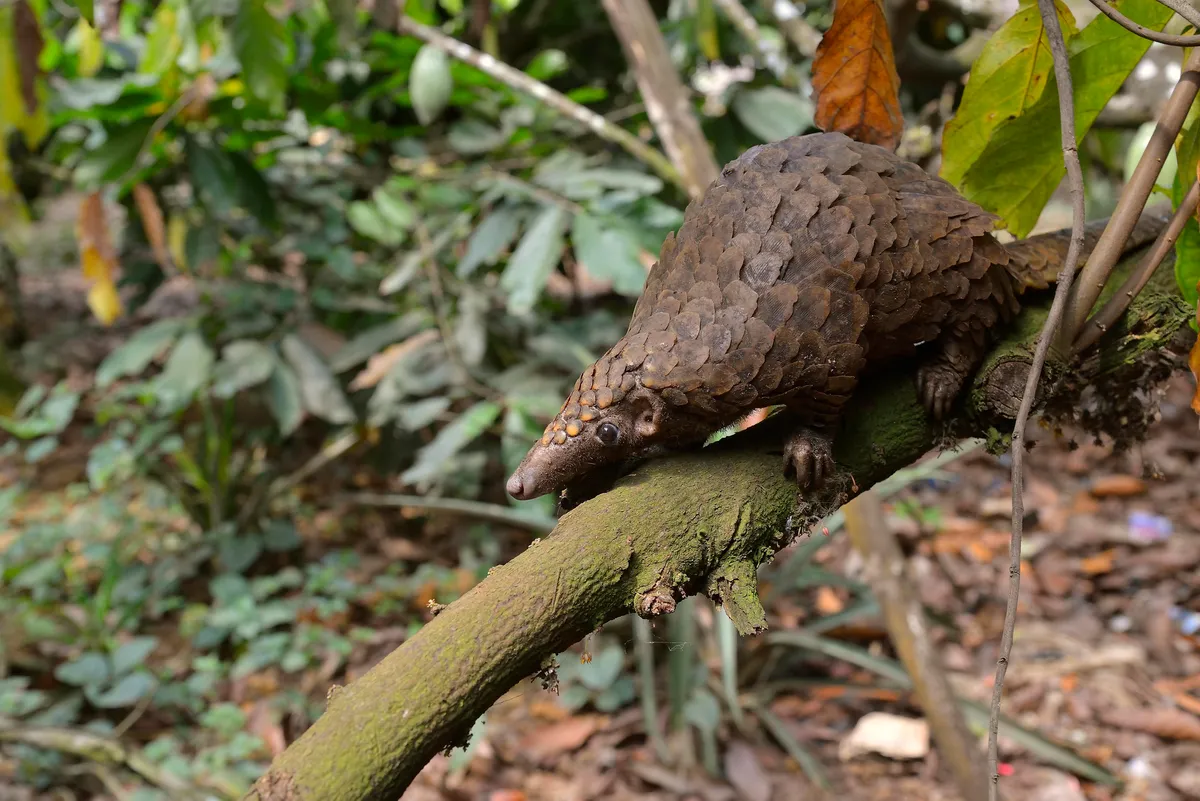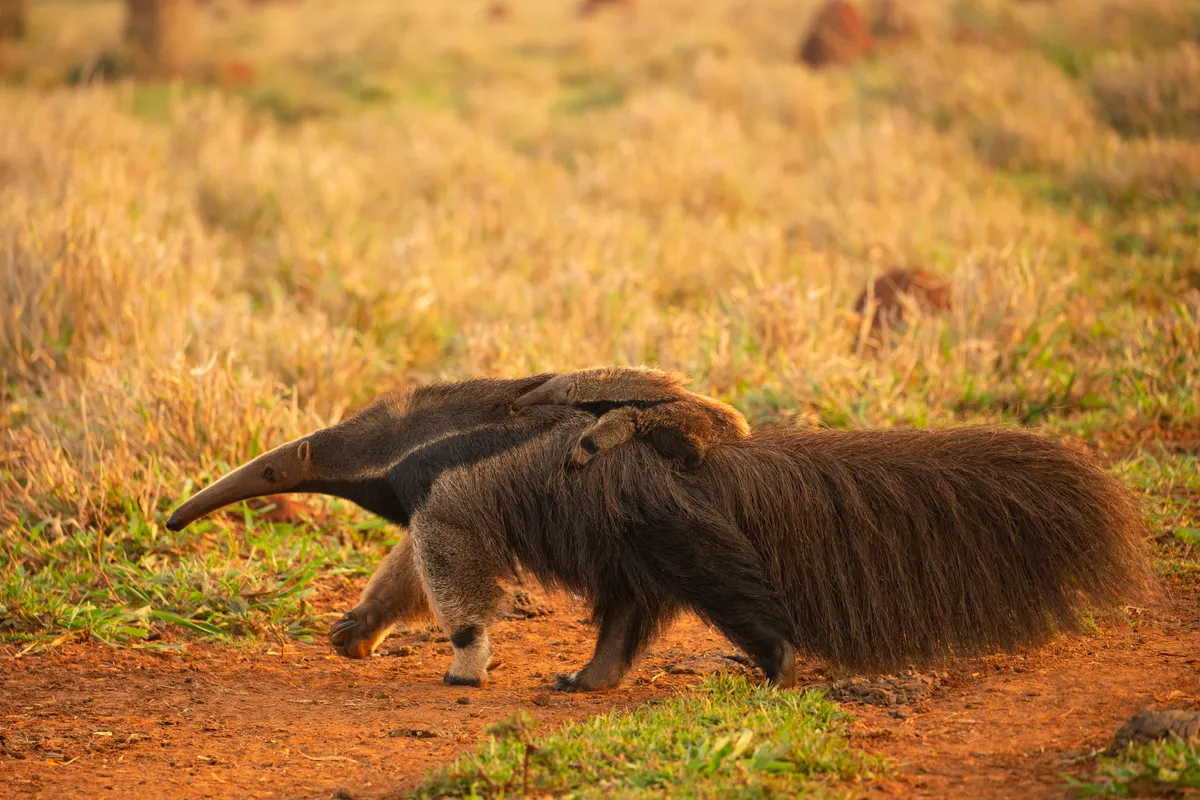From the start, it’s clear that this Attenborough documentary is going to be a tough and emotional watch. The programme follows on from a 2019 UN report, which showed that a million species face extinction. It also touches on the link between human encroachment into wild animals’ habitats and the coronavirus pandemic.
When is Extinction: The Facts on TV?
Extinction: The Facts will air on Sunday 13 September on BBC One at 8pm.
Who is the presenter of Extinction: The Facts?

Following on from presenting Climate Change: The Facts last year, Sir David Attenborough's latest hard-hitting documentary for the BBC looks at the crisis of biodiversity loss.
“Over the course of my life, I’ve encountered some of the world’s most remarkable species of animals. Only now do I realise just how lucky I’ve been. Many of these wonders seem set to disappear forever. We’re facing a crisis, one that has heavy consequences for us all.”
“Unique animals with complex and varied lives disappearing from our planet forever isn't just disturbing, it's deeply tragic. But this is about more than just losing the wonders of nature, the consequences of these losses for us as a species are far-reaching and profound.”
Which species will be appearing on Extinction: The Facts?
A wide range of species and conservation issues are featured in Extinction: The Facts, here are a couple of the species featured:
Northern white rhino (Ceratotherium simum cottoni)

The northern white rhino is a subspecies of the white rhino, and now consists of only two individuals – Najin and Fatu, who are mother and daughter. Sudan, the last male northern white rhino, died in 2018 after health issues associated with old age, and the Najin and Fatu are his offspring.
Although sperm and eggs have been stored from all three, there are worries about inbreeding, and many scientists believe the subspecies to be functionally extinct.

The white rhino species (C. simum) and the southern white rhino subspecies (C. simum simum) are both classified as Near Threatened on the IUCN Red List, and the northern white rhino subspecies is classified as Critically Endangered (Possibly Extinct in the Wild).
There are five extant species of rhino:
- White rhino: Near Threatened
- Black rhino: Critically Endangered
- Indian rhino: Vulnerable
- Javan rhino: Critically Endangered
- Sumatran rhino: Critically Endangered
Insects
One of the conservation issues covered is the dramatic decline in insects and invertebrates since the 1970s, sometimes described by scientists as the 'insect apocalypse' and attributed to habitat loss and the use of pesticides.
The loss of these species has far-reaching consequences on many other wild species, but also on humans as well.
Learn more about insect and invertebrate decline:
Pangolin (Manidae)

There are eight species of pangolin, four in Asia and four in Africa, all of which are threatened with extinction:
- Chinese pangolin – Critically Endangered
- Indian pangolin – Endangered
- Sunda pangolin – Critically Endangered
- Philippine pangolin – Critically Endangered
- Tree pangolin – Endangered
- Long-tailed pangolin – Vulnerable
- Giant pangolin – Endangered
- Cape pangolin – Vulnerable
Learn more about pangolins:
- Pangolin guide: where they're found, and why they're the most trafficked animal in the world
- Long Read: Pangolins under pressure: why these unique mammals are threatened with extinction
- Long Read: The scaly enigma of pangolins, and how that could help save them
- News (2020): Pangolin scales can still be legally traded and used in China
Giant anteater (Myrmecophaga tridactyla)

A species that has been around for millions years, the giant anteater has got extinct from many areas and is listed as Vulnerable on the IUCN Red List.
The threats facing this species include habitat loss, deaths by fires and roadkills, and hunting.
Learn more about giant anteaters:
Main image: Sir David Attenborough. © Sam Barker/BBC

